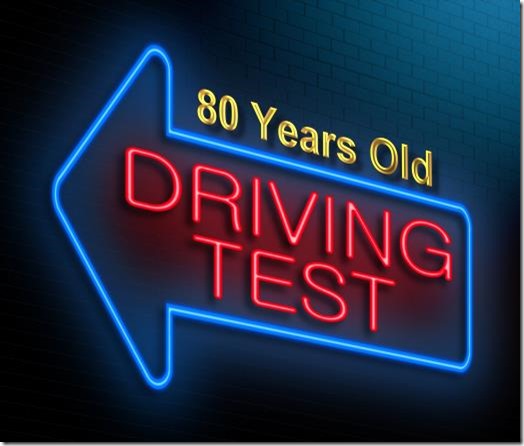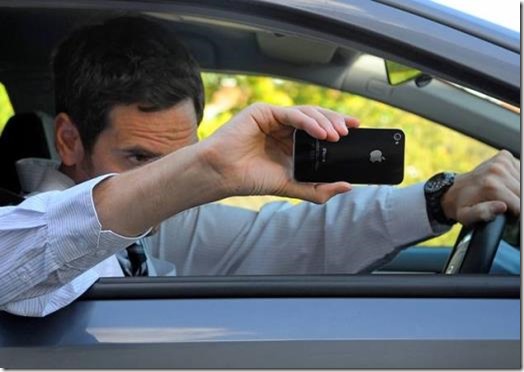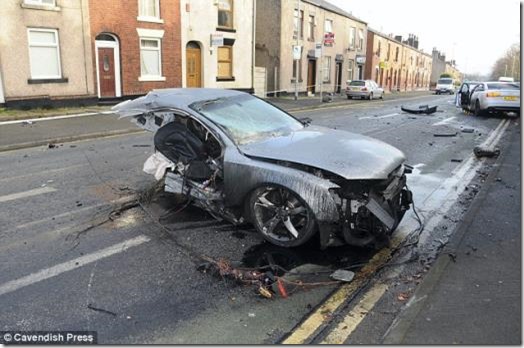An email alert from DVSA reports that the driving test is 80 years old. Compulsory testing began 1 June 1935.
As you can imagine, the media has picked up the story, and this report by the BBC is interesting. I mean, there’s only so many words you can write around the premise of the test being 80 years old, so they’ve somehow managed to bring up the slightly negative issue of pass rates.
It’s not as if this is new – it was in the news in 2011, and I wrote about it then (Mallaig was still the “easiest” place to pass your test even then). The same topic has been in the news several times since, but the Beeb has obviously decided to dig it up once again.
The story is pretty mundane, but the comments made by driving instructors make it much more interesting. In the article, Belvedere in Bexley is identified as having a pass rate 15% below the average. A local instructor offers his wisdom on why this might be… no wait: on why it most definitely is:
…Mark Hewitt, who stopped taking pupils to the Belvedere test centre a year ago because of its reputation, said it was not the busy roads that make it tough.
“I don’t think it’s the test centre, it’s the examiners,” he said.
“A few of them are all right, the rest just don’t chat. They are so dead quiet. Pupils need to see that the examiners are human as well.”
Oh dear. Not again. How do these people ever become instructors? And why?
Examiners are supposed to be quiet, and the majority conduct themselves accordingly. The chattier ones soon shut up when they have their supervisor in the back assessing them, and they also know when to shut up during the test. Every test centre has a mix of quiet and not-so-quiet examiners. However, it amuses me that no matter how an examiner conducts his or her tests, there’s always someone ready to blame them for their (or their pupil’s) failure.
At one of our centres there is an examiner who you could legitimately describe as “a lovely woman”, in the sense that she is like everyone’s mum or auntie. She’s always friendly, always tries to put the candidate at ease, and always ready to have a chat about holidays or work with the pupil. But believe me when I tell you that she is the devil incarnate as far as some candidates are concerned… if she fails them. Those dreaded words “I’m sorry, but you haven’t passed” are a potent magic spell that Gandalf or Harry Potter would die for to possess. In roughly the 10 seconds it takes to say them, then have them sink in, the nicest examiner becomes an ogre. Examiners simply cannot win.
The instructor quoted in the BBC story reckons Belvedere has a lower than average pass rate because the examiners “don’t chat”. That’s just complete crap. Far more relevant is the fact that the non-UK born population in Bexley has risen by 73% in the last decade, and in some of the surrounding areas it has gone up by even more. If you look at pass rates in Barking you see a similar trend – higher immigrant population, lower pass rate compared to the national average. That – and the busy roads and frantic junctions – are bound to affect test outcomes.
It doesn’t matter that a particular test centre has a higher or lower rate, nor does the candidates’ nationality or ethnicity. The two pieces of data are merely facts which show a reasonable degree of correlation. What’s more important is that pass rate is not a probability – something I’ve written about before. A pupil who can drive well has as much chance of passing at a test centre with a 20% pass rate as they do at one with 70%, because it is bad drivers who pull the figures down.





